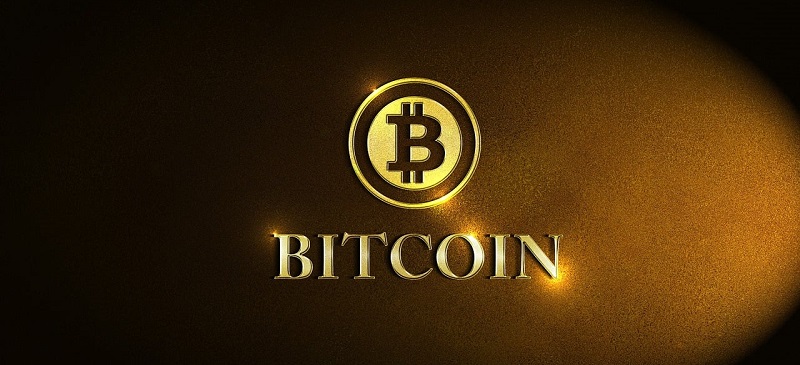The rapid advancement of artificial intelligence (AI) brings with it the need for a robust and efficient payment system. BitMEX co-founder Arthur Hayes believes that Bitcoin (BTC) is the ideal currency to meet the requirements of AI. In this article, we will explore Hayes’ arguments and delve into why Bitcoin is well-suited to fulfill the payment needs of AI.
The need for a payment system for AI
To effectively integrate AI into various applications and services, an indispensable component is a payment system that is available at all times, digital, and completely automated. AI operates round the clock and requires a payment rail that can seamlessly handle transactions at any hour of the day. Traditional banking systems fall short in meeting these fundamental requirements.
Blockchain-based systems as a solution
Hayes argues that a blockchain-based payment system can overcome the shortcomings of traditional banking. Blockchain technology offers the potential to provide uninterrupted services regardless of geographical boundaries. This decentralized approach allows for a 24/7 payment solution that aligns perfectly with the non-stop operations of AI. Additionally, an AI payment rail must be censorship-resistant, with transparent and clear rules. Blockchain technology, specifically Bitcoin, fulfills these criteria. While not all blockchains are inherently permissionless and censorship-resistant, Bitcoin’s decentralized nature and consensus mechanism make it a suitable choice.
Bitcoin’s suitability as a currency for AI
Bitcoin, as a permissionless and censorship-resistant cryptocurrency, is well-suited to serve as a payment rail for AI. Its decentralized network ensures that no central authority can control or manipulate transactions. Changes to Bitcoin’s rules require a public proposal, followed by majority consensus from the network. This feature guarantees censorship resistance, making Bitcoin an ideal choice for AI transactions.
The role of stablecoins in digital networks
While stablecoins allow the circulation of fiat currency and even gold on digital, decentralized networks, there is a caveat. The reserves backing these stablecoins need to be held by centralized entities. This centralized control contradicts the principles of decentralization and introduces potential risks. In contrast, Bitcoin’s decentralized design ensures that no single entity can manipulate its value or control its reserves.
Bitcoin’s advantage in maintaining value against AI’s electricity needs
Hayes argues that Bitcoin is uniquely positioned to maintain its value over time when compared to AI’s electricity requirements. With a programmatically capped supply of 21 million coins, Bitcoin’s scarcity and fixed issuance prevent inflationary pressures. Furthermore, Bitcoin’s mining process directly ties its value to electricity consumption. This connection serves as a robust foundation for Bitcoin’s long-term worth, making it resistant to arbitrary manipulation.
Conclusion: Bitcoin as Good Money with Inherent Value
In conclusion, Arthur Hayes presents a compelling case for Bitcoin as the ideal currency for AI. Its 24/7 availability, censorship resistance, transparency, and ability to maintain value over time make it the perfect fit for the payment needs of AI. While other digital assets and stablecoins may serve a purpose in decentralized networks, Bitcoin’s fundamental properties position it as good money with inherent value separate from the utility of other assets. As AI continues its relentless progress, Bitcoin stands ready to power the seamless and efficient transactions that this transformative technology demands.

